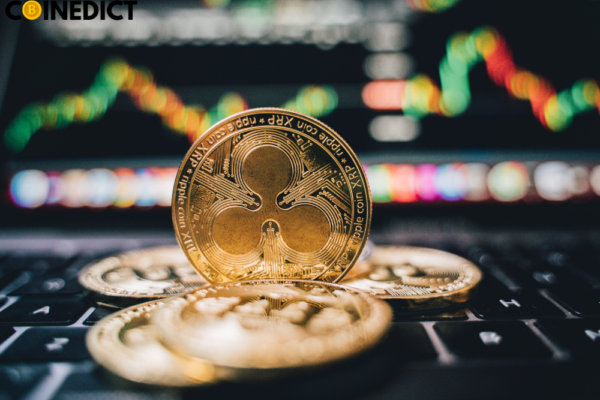Donald Trump’s media enterprise, Trump Media and Technology Group (TMTG), is reportedly in advanced negotiations to acquire Bakkt, a cryptocurrency trading platform owned by Intercontinental Exchange (ICE). This potential move signifies a strategic shift for TMTG as it seeks to expand its focus beyond social media into the rapidly growing cryptocurrency space. The Deal in Progress According to sources familiar with the discussions, TMTG is considering an all-share acquisition of Bakkt. While the exact valuation being discussed remains unclear, Bakkt’s market capitalization was estimated at just over $150 million as of Monday. If finalized, the deal would signal a bold move for Trump Media, aligning it with the growing intersection of finance, technology, and digital assets. TMTG’s founder, Donald Trump, who retains a 53% stake in the company, has previously emphasized his vision of diversifying its operations. The acquisition of Bakkt could provide TMTG with a foothold in the burgeoning cryptocurrency market, which has captured global attention due to its potential to disrupt traditional finance. Why Bakkt? Bakkt, established by ICE in 2018, has evolved into a multifaceted platform offering cryptocurrency trading, payments, and digital asset custody services. Initially focused on institutional investors, Bakkt has since broadened its scope to include retail users. It has also been at the forefront of integrating cryptocurrencies with traditional financial systems, making it a compelling acquisition target for companies looking to capitalize on the crypto boom. The potential purchase would provide TMTG with access to Bakkt’s technology and expertise, enabling it to diversify into financial services and digital payments. This move aligns with trends in the tech sector, where companies are increasingly exploring blockchain and cryptocurrency solutions to enhance their offerings. Strategic Expansion for Trump Media The acquisition talks come as TMTG looks to position itself as a major player in technology and finance. Originally created to rival traditional social media platforms, TMTG has already made waves with its platform, Truth Social, which aims to provide an alternative space for free expression. Expanding into the cryptocurrency market could solidify TMTG’s reputation as a versatile and forward-thinking enterprise. For Trump, who is set to return to the White House as the U.S. president-elect, the deal also aligns with his broader pro-crypto stance. During his campaign, Trump emphasized his commitment to making the U.S. a global leader in digital assets, advocating for a regulatory environment conducive to cryptocurrency growth. Challenges Ahead Despite the potential benefits, the deal may face regulatory scrutiny, particularly given Trump’s prominent political profile and the volatile nature of the cryptocurrency market. TMTG will need to address concerns around transparency, compliance, and potential conflicts of interest as it seeks to expand into this sector. Additionally, Bakkt has faced its own challenges, including lower-than-expected adoption rates and intense competition from established cryptocurrency exchanges like Coinbase and Binance. For the acquisition to succeed, TMTG would need to leverage its resources and influence to rejuvenate Bakkt’s operations and bolster its market position. The Future of TMTG and Cryptocurrency If the acquisition proceeds, it could mark a turning point for both TMTG and Bakkt. For TMTG, this move represents an ambitious leap into the world of digital finance, diversifying its portfolio and broadening its appeal. For Bakkt, integration into TMTG could provide the platform with new opportunities for growth and innovation, backed by Trump’s influence and vision. This development also underscores the increasing convergence of media, technology, and finance as companies adapt to a rapidly evolving digital landscape. With cryptocurrencies and blockchain technology continuing to gain traction, TMTG’s potential entry into the market reflects the growing importance of these assets in shaping the future of global finance. As the talks progress, the market will closely watch how TMTG positions itself to leverage Bakkt’s capabilities, potentially transforming both companies and redefining their roles in the tech and financial ecosystems.
















